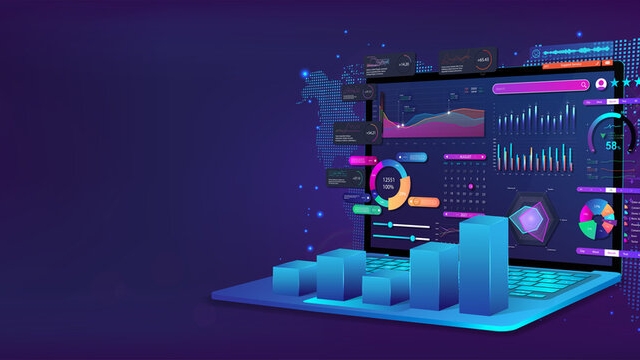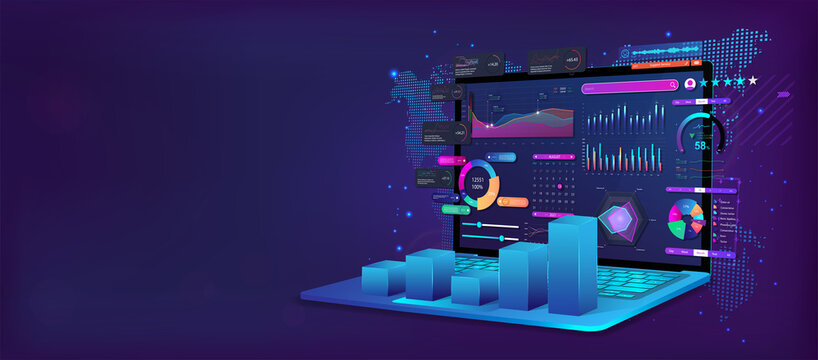Unleashing Insights: Mastering NVivo Data Analysis in Research


In the world of research, data analysis plays a crucial role in unveiling meaningful insights that drive informed decision-making. Researchers delve deep into datasets to extract valuable information, often employing specialized tools like NVivo to streamline this process. By mastering NVivo data analysis, research data analysts can enhance their efficiency and accuracy in interpreting complex data sets. This article aims to explore the significance of data analysis in research, focusing on how NVivo can be a game-changer for researchers seeking to uncover key patterns and trends within their data.
NVivo Essentials
In the world of research data analysis, NVivo is a powerful tool that can significantly enhance your data analysis capabilities. With its user-friendly interface and robust features, NVivo allows research data analysts to easily organize, analyze, and derive insights from large and complex datasets.
One of the key advantages of using NVivo for data analysis is its ability to handle various types of data, including text, images, audio, and video. This versatility enables research data analysts to explore their datasets in depth, uncovering patterns, trends, and relationships that may not be immediately apparent.
Furthermore, NVivo provides a range of tools and functionalities that streamline the data analysis process, saving researchers valuable time and effort. From coding and categorizing data to visualizing results and generating reports, NVivo offers a comprehensive suite of features to support every stage of the research data analysis journey.
Advanced Techniques
In advanced NVivo data analysis, researchers can utilize matrix coding queries to examine patterns and relationships within their data. This powerful feature allows for a more structured approach to analyzing information across different sources and themes.
Furthermore, NVivo offers the capability to create social network diagrams, enabling researchers to visualize connections between individuals or entities in their data. This visualization technique can provide valuable insights into networks, communication patterns, and influence within a dataset.
Another advanced technique in NVivo data analysis is the use of automatic coding with machine learning algorithms. By leveraging these algorithms, researchers can expedite the coding process and uncover hidden patterns or themes within large volumes of data, enhancing the efficiency and accuracy of their analysis.
Best Practices
When conducting data analysis using NVivo, it is essential to begin by clearly defining your research objectives. This will guide your data collection process and ensure that the analysis is aligned with your goals. By establishing criteria for what you are looking to achieve, you can streamline the analysis process and focus on extracting meaningful insights from the data.
Another best practice in NVivo data analysis is to maintain a systematic approach to organizing your data. Utilizing the software’s coding features allows you to categorize and tag data, making it easier to identify patterns and connections within your dataset. By consistently coding data and labeling themes, you can effectively manage large volumes of information and uncover valuable insights that contribute to the overall research objectives.
Lastly, collaborating with peers or mentors can greatly enhance the quality of your NVivo data analysis. Seeking feedback and input from others in the field can provide new perspectives and insights that you may have overlooked. By engaging in discussions and sharing findings with colleagues, you can enrich your analysis process and potentially discover innovative ways to interpret and present your research data.